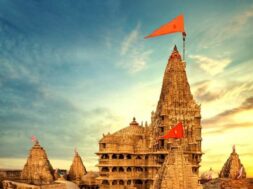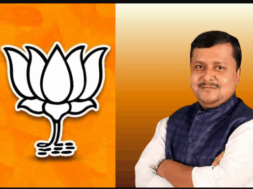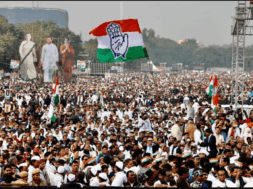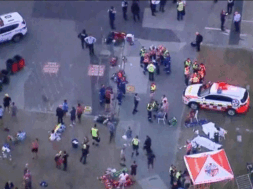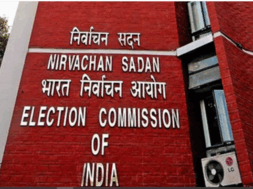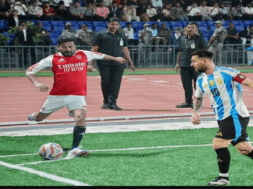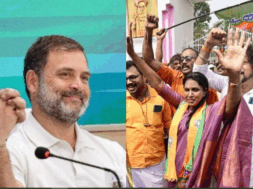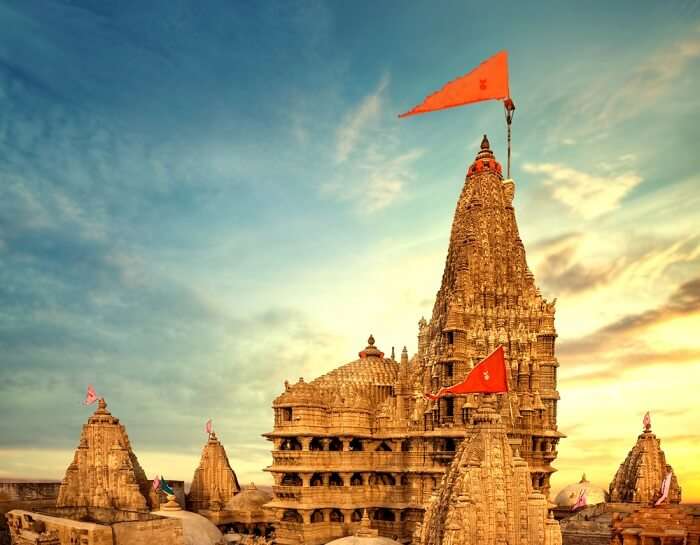
Dwarka – the ‘gateway to heaven’ in Sanskrit, as Dwar means ‘gate’ and ‘ka’ reference ‘Brahma’
Jam Shri Ravalji, head of Jadeja clan Rajput (Kshatriya) migrated from Kutch to Halar, established himself, and set his throne at Khambhalia in V.S.1582 for some years it was his capital and new city in V.S.1596 named “Navanagar”.
Jam Khambhalia is the headquarters of the newly created formed Devbhumi Dwarka District which was carved out of Jamnagar district on 15 August 2013. The district consists of 4 talukas: khambhalia, Kalyanpur, Dwarka, and Bhanvad. The named Devbhumi Dwarka is derived from the famous Dwarkadhish Temple of Dwraka city which is one of the four holy places according to Hindu mythology.
Dwarka is believed to have been the first capital of Gujarat. The city’s name literally means the “gateway to heaven” in Sanskrit, as Dwar means “gate” and ka references “Brahma”. Dwarka has also been referred to throughout its history as “Mokshapuri”, “Dwarkamati”, and “Dwarkavati”. It is mentioned in the ancient prehistoric epic period of the Mahabharata.
According to legend, Krishna settled here after he defeated and killed his uncle Kansa at Mathura. This mythological account of Krishna’s migration to Dwarka from Mathura is closely associated with the culture of Gujarat. Krishna is also said to have reclaimed 12 yojanas or 96 square kilometers (37 sq mi) of land from the sea to create Dwarka.
Dwarka was established as the capital in Saurashtra by the Aryans during the Puranaic. The Yadavas, who had migrated from Mathura, established their kingdom here when the city was known as “Kaushathali”. It was during this period that the city underwent rebuilding and was named Dwarka A friendly population of natives also prompted Krishna to settle at Dwarka when he decided, after fighting Jarasandha, the king of Magadh, to retreat from Mathura. The kingdom, also known as the Yaduvanshi empire, was established by Uugrasena, father of Kansa the then ruler, and later Krishna flourished and extended its domain. It is said that Krishna conducted the administration of his kingdom from Dwarka while residing with his family in Bet Dwarka.
The city’s Dwarkadhish Temple dedicated to Krishna was originally built around 2,500 years ago, but was destroyed by Mahmud Begada rulers and subsequently rebuilt in the 16th century. The temple is also the location of Dwaraka maţha, also called Sharada Matha/Peeth and “western peeth”, one of the four peeths (Sanskrit: “religious center”) established by Adi Shankaracharya.
As an important pilgrimage center for Hindus, Dwarka has several notable temples, including Rukmini Devi Temple, Gomti Ghat, and Bet Dwarka. There is also a lighthouse at the land end point of Dwarka.
Archaeological investigations at Dwarka, both onshore and offshore in the Arabian Sea, have been performed by the Archaeological Survey of India. The first investigations carried out on land in 1963 revealed many artifacts. Excavations done at two sites on the seaward side of Dwarka brought to light submerged settlements, a large stone-built jetty, and triangular stone anchors with three holes. The settlements are in the form of exterior and interior walls and fort bastions. From the typological classification of the anchors, it is inferred that Dwarka had flourished as a port during the period of the Middle kingdoms of India. Coastal erosion was probably the cause of the destruction of what was an ancient port.
